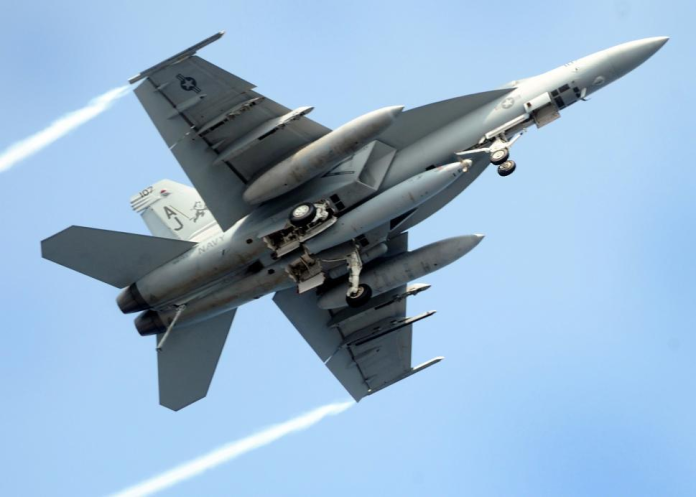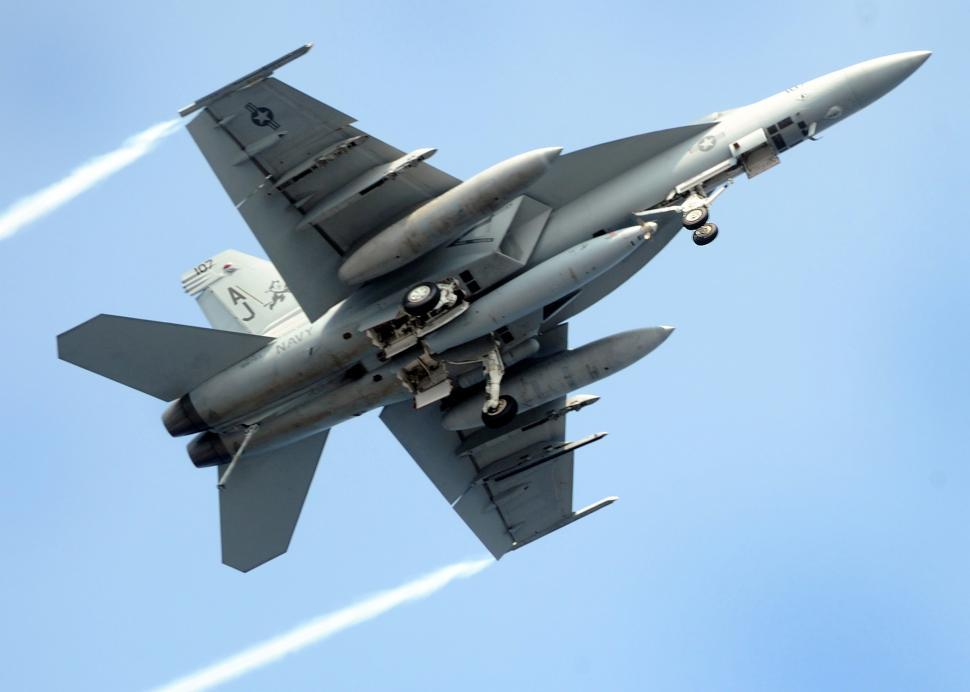
In the intense chessboard of South Asian security, what does it matter when a single airborne confrontation alters not only the local balance, but global perceptions of military technology? The spring buildup between India and Pakistan in Kashmir, which ended in a sensational air battle, has provided a rare, unvarnished glimpse into the performance of China’s newest combat systemsreshaping defense export markets and technological hierarchies on several continents.
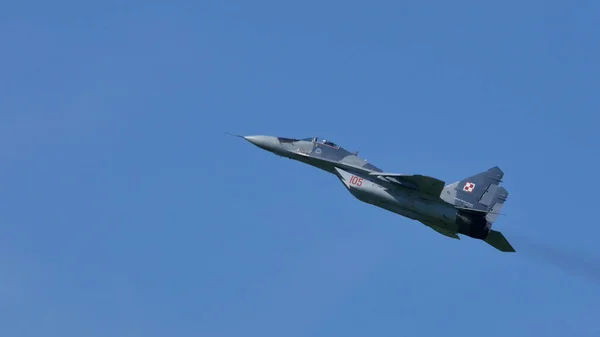
1. J-10C and the Era of Beyond-Visual-Range Warfare
The Pakistan Air Force’s employment of the China-made J-10C during the May 7 air duel was a turning point for both nations’ war doctrines. The J-10C, with its next-generation radar and independent targeting capabilities, reportedly fired at Indian planes at ranges of over 100 kilometers. In contrast to conventional fighters that rely on external guidance, onboard sensors and relay guidance of the J-10C allowed it to fire PL-15E missiles autonomously with precise long-range attacks with limited external assistance.

As General Sahir Shamshad Mirza put it, “The JF-17, J-10C and PL-15 fighter aircraft and missiles were key to the operational success.” The capability to operate independently in the vast majority of combat missions is a major breakthrough, particularly in contested airspace where dependency on vulnerable support platforms can prove to be a weakness.
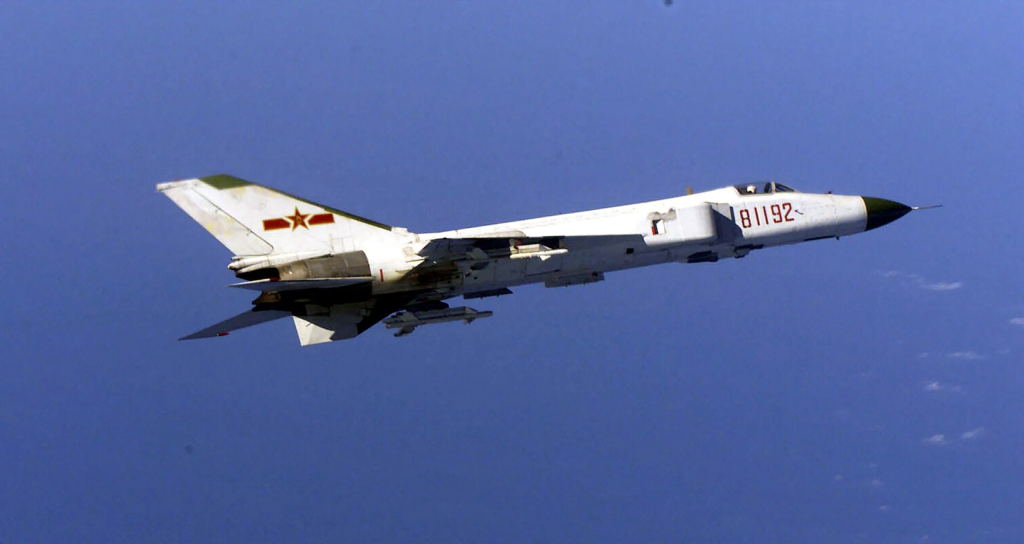
2. The PL-15E Missile: Technical Edge and Battlefield Debut
The air-to-air missile PL-15E may make its combat debut as much of a technological showcase as a strategic revelation. It has a dual-pulse solid-fuel rocket motor and a multi-mode active radar seeker, believed to incorporate AESA technology that will provide better target acquisition in contested environments. Its reported export range of 145 kilometers, while less than the domestic version, is still more than most Western analogues. The missile’s two-way data link facilitates mid-course correction and “fire-and-forget” capability, a set that is intended to counter electronic warfare and achieve maximum kill probability. During the India-Pakistan conflict, fragments of the PL-15E were picked up in India, presenting a rare chance at intelligence and highlighting the reach and survivability of the missile in the real world. As one U.S. Air Force official noted, “The PL-15 and the range of that missile, we’ve got to be able to out-stick that missile.”
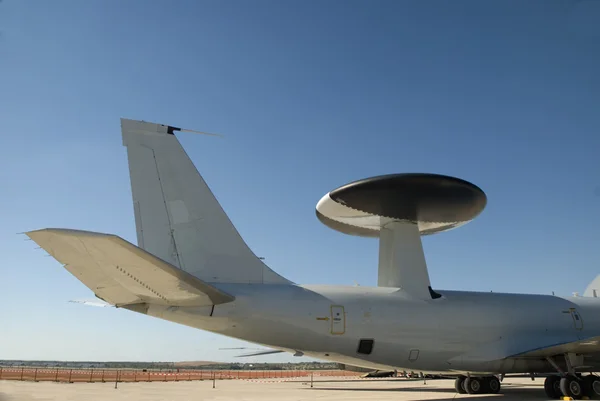
3. ZDK-03 AWACS: Expanding the Battlespace
China’s ZDK-03 airborne early warning and control aircraft, built for Pakistan, played a pivotal role in extending radar coverage and command coordination. Drawn from the Shaanxi Y-8 airframe and powered by a 360-degree AESA radar, the system could identify and track targets at distances greater than 470 kilometers. The system provided the nation persistent observation and real-time command, both vital to multi-domain operation orchestration. While less advanced than the radar on India’s Phalcon, the integration of the ZDK-03 into Pakistan’s national command network constituted a significant move toward independence from Western providers. Even with some integration problems, the ZDK-03 appearance during the crisis served to underscore China’s increasing profile in airborne surveillance with export-oriented platforms.
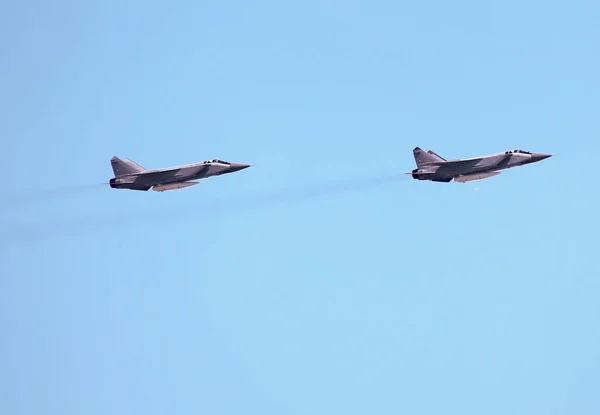
4. The Engineering Leap: Hypersonics and Materials Science
China’s aspirations reach far beyond air-to-air missiles. Recent advances in hypersonic weaponry have been made possible through the creation of stainless steel parts that can resist excessive heat, a previously unsuitable material for these purposes. Hypersonic missiles to come will utilize multi-cycle solid-fuel propellants and skipping stone flight profiles, possibly going as fast as Mach 15 on atmospheric reentry. As stated by a peer-reviewed article by Yong Enmi, “the new generation of hypersonic weapons has important advantages in [military] use, with long range, high manoeuvrability and unpredictability.” Such breakthroughs make China a frontline nation in both the design and deployment operation of next-generation strike systems that might surpass existing U.S. missile defenses.

5. Geopolitical Ripples: Export Markets and Regional Hegemony
The Indo-Pakistani war was a live-fire demonstration of Chinese weaponry, spectacularly increasing Beijing’s image as a defense exporter. As SIPRI tells us, 81 percent of Pakistan’s large arms imports are now Chinese, up from 74 percent in the last decade. Close to two-thirds of China’s exports from 2020 to 2024 were to Pakistan alone, but interest is growing in others like Uzbekistan and possibly the Middle East and North Africa as well. The apparent success of the J-10C and PL-15E has generated new export talk and highlighted China’s ability to supply combat-tested systemsa feature long missing from its export catalog and a crucial component of international arms trade competition.
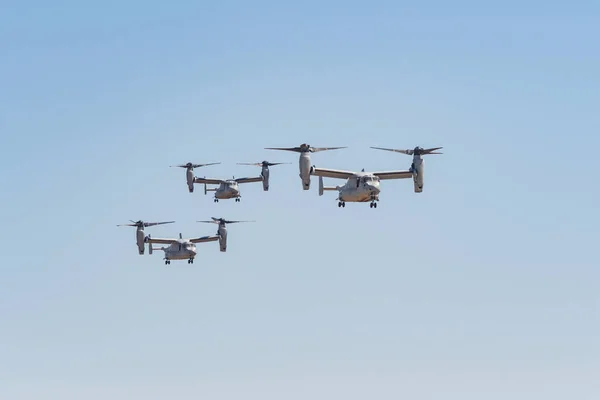
6. AI-Powered Systems and the Next Warfare
The integration of artificial intelligence by China in targeting and decision-making is changing the battlefield very fast. PLA’s “intelligentized warfare” doctrine sees AI-powered drones, robotic platforms, and autonomous artillery directly involved in combat with human commanders as coordinators, not frontline troops. This change, separate from the U.S. system of AI-supported decision-making, can potentially facilitate more efficient swarm warfare and coordinated attacks in future battles. As Craig Singleton noted, “Beijing’s long-standing support for Islamabad – through hardware, training, and now increasingly AI-enabled targeting – has quietly shifted the tactical balance.”
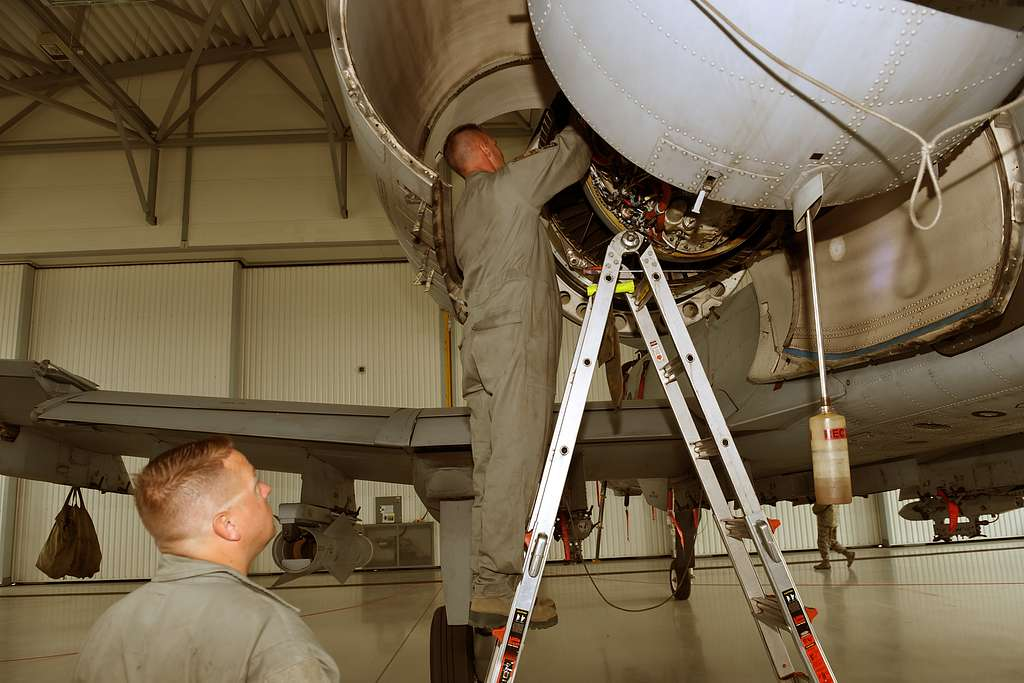
7. The Limits and Challenges of Chinese Systems
Even with these advancements, the Indian-Pakistani conflict also showed weaknesses. Indian air strikes effectively cut through Pakistani airspace, evading Chinese-provided HQ-9 and HQ-16 surface-to-air missiles, calling into question the strength of Chinese integrated air defense systems. In addition, the J-10C, advanced as it is, is not considered one of China’s top-tier fighters within China’s own air force, behind the J-20 and J-35.

Chinese analysts warn against complacency, noting that advanced air combat is half about tactics and integration as much as superior hardware. The battle over Kashmir has set off a seismic shift in the international defense landscape. For military strategists and technology experts, the air fight between India and Pakistan has emerged as a prime case study in the operationalization of next-gen Chinese systemsand a foretaste of the technological and geopolitical battles to come.
